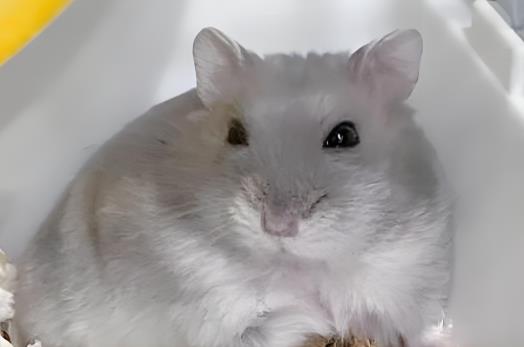Analysis of Why Hamsters Have a Short Lifespan
Innate Factors
Species Differences:

Common hamster species have an average lifespan of 2–3 years.
Roborovski hamsters (also known as dwarf winter white hamsters) can live 3–4 years.
Syrian hamsters (teddy bear hamsters) have a slightly longer lifespan, ranging from 2.5–3.5 years.
Physiological Traits:
They reach adulthood at 3 months old, and 6 months old is equivalent to 25 years in human age.
They enter old age at 1.5 years old, and 2 years old is equivalent to 60 years in human age.
Acquired Raising Factors (Main Causes of Death)
Inappropriate Environmental Management:
Small cages increase stress levels.
Abnormal temperatures (below 15°C or above 30°C).
Poor-quality bedding or infrequent bedding changes.
Dietary Issues:
Low-quality hamster food or a monotonous diet.
Excessive snacks (such as sunflower seeds) leading to malnutrition.
Improper feeding of fruits and vegetables causing diarrhea.
Impact of Breeding:
Each litter a female hamster gives birth to shortens her lifespan by 3 months.
Inbreeding results in congenital defects.
Stress Responses:
Transportation or frequent disturbances can cause sudden death.
Sudden environmental changes lead to stress-related deaths.
Special Risk Groups
"One-Week Hamster" Phenomenon:
Overbreeding in farms leads to weak and sickly hamsters.
Unweaned baby hamsters (under one month old) have poor adaptability.
Disease Risks:
Respiratory infections are common in overcrowded environments.
Geriatric diseases such as tumors are prevalent.
Digestive tract infections often occur due to improper diet.
